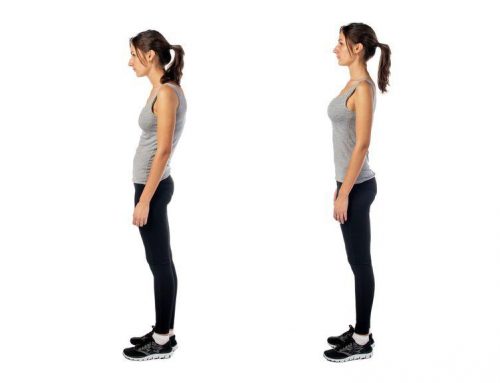Weight-Bearing Exercise Accuracy Influences Muscle Activation Strategies of the Knee.
Weight-Bearing Exercise Accuracy Influences Muscle Activation Strategies of the Knee.
Articles
Journal of Neurologic Physical Therapy. 31(1):12-19, March 2007. Madhavan, Sangeetha MA, PT; Shields, Richard K. PhD, PT Abstract: Purpose: Dynamic stability of the knee joint is a research topic of increasing focus after ACL injury, stroke, and incomplete spinal cord injury. Since rehabilitation programs use functional weight-bearing tasks to improve neuromuscular control of the knee, it is important to understand the adaptability of muscle control strategies during weight-bearing exercise. The purpose of this study was to compare muscle activation patterns during a single leg squat (SLS) exercise performed before and after feedback-controlled training. Methods: This was a cross-sectional comparative study. Fifteen young, healthy individuals performed the SLS exercise while tracking a sinusoidal target with flexion and extension of the knee. The SLS instrument provided bidirectional resistance that was normalized to body weight. Six trials of 10 repetitions of the SLSs were performed to quantify improved performance (learning). Electromyographic activity from five muscles that cross the knee was analyzed. Accuracy of performance was measured by calculating the error between the target and actual knee displacement. Results: Reduction in error measurements verified that individuals increased the accuracy of performance in each trial and retained this improvement across trials (p < 0.05). Modulation in muscle activity as a result of learning was reflected mainly in the biceps femoris, rectus femoris, and vastus lateralis muscles. Conclusion: Increased accuracy with the SLS exercise was accompanied by a decrease in coactivation of selected musculature around the knee. This study presents a novel approach to quantify the effect of performance on muscle synergistic activation patterns during weight-bearing exercise. Controlled strengthening, as defined in this study, emphasizes accuracy of performance in conjunction with principles of strength training and has implications to knee control. To obtain full text: http://www.jnpt.org/pt/re/jnpt/userLogin.htm
Weight-Bearing Exercise Accuracy Influences Muscle Activation Strategies of the Knee.
Articles
Journal of Neurologic Physical Therapy. 31(1):12-19, March 2007. Madhavan, Sangeetha MA, PT; Shields, Richard K. PhD, PT Abstract: Purpose: Dynamic stability of the knee joint is a research topic of increasing focus after ACL injury, stroke, and incomplete spinal cord injury. Since rehabilitation programs use functional weight-bearing tasks to improve neuromuscular control of the knee, it is important to understand the adaptability of muscle control strategies during weight-bearing exercise. The purpose of this study was to compare muscle activation patterns during a single leg squat (SLS) exercise performed before and after feedback-controlled training. Methods: This was a cross-sectional comparative study. Fifteen young, healthy individuals performed the SLS exercise while tracking a sinusoidal target with flexion and extension of the knee. The SLS instrument provided bidirectional resistance that was normalized to body weight. Six trials of 10 repetitions of the SLSs were performed to quantify improved performance (learning). Electromyographic activity from five muscles that cross the knee was analyzed. Accuracy of performance was measured by calculating the error between the target and actual knee displacement. Results: Reduction in error measurements verified that individuals increased the accuracy of performance in each trial and retained this improvement across trials (p < 0.05). Modulation in muscle activity as a result of learning was reflected mainly in the biceps femoris, rectus femoris, and vastus lateralis muscles. Conclusion: Increased accuracy with the SLS exercise was accompanied by a decrease in coactivation of selected musculature around the knee. This study presents a novel approach to quantify the effect of performance on muscle synergistic activation patterns during weight-bearing exercise. Controlled strengthening, as defined in this study, emphasizes accuracy of performance in conjunction with principles of strength training and has implications to knee control. To obtain full text: http://www.jnpt.org/pt/re/jnpt/userLogin.htm





